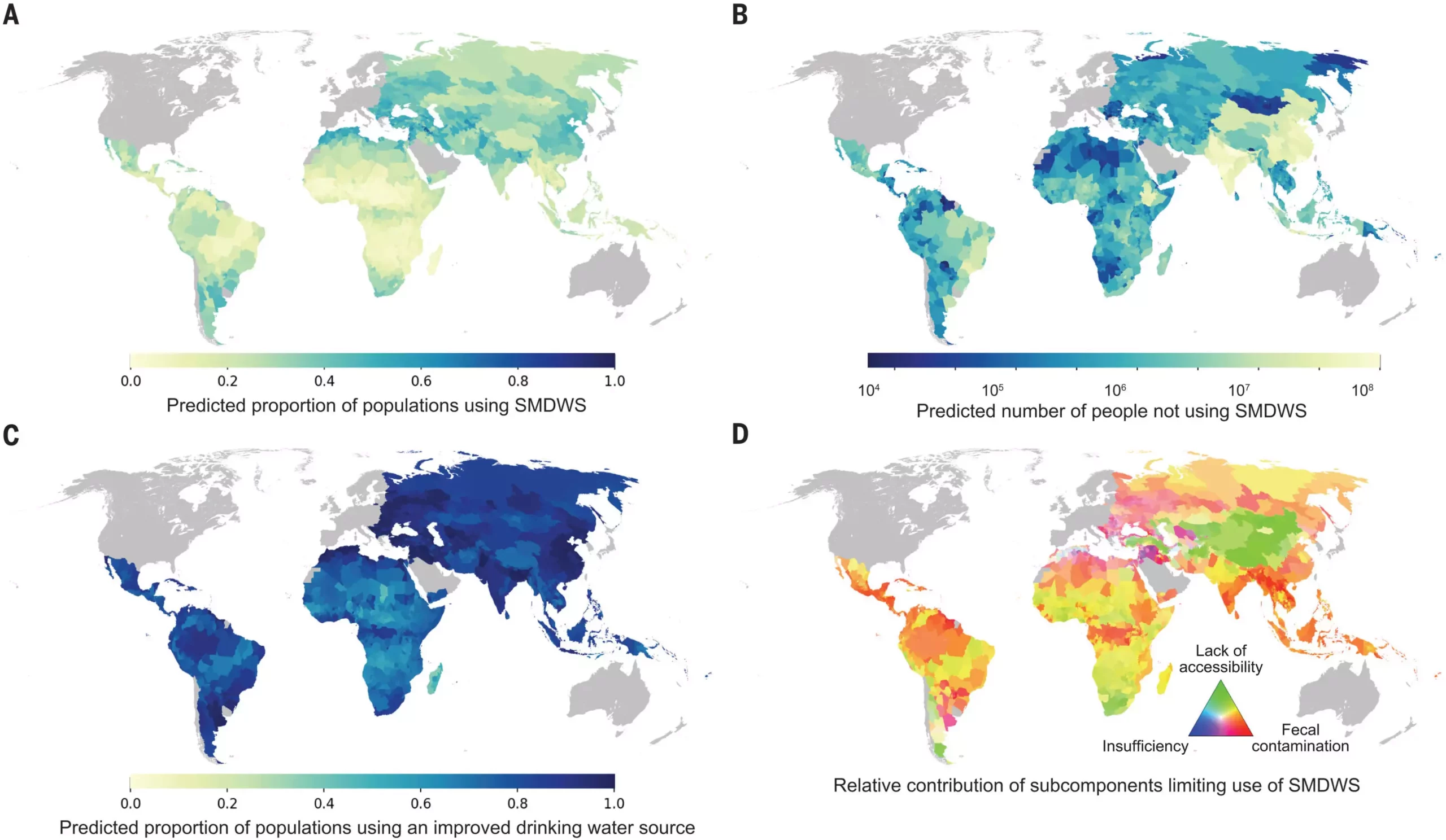Recent investigations conducted by a multi-institutional team of environmental scientists have unveiled a startling revelation concerning the accessibility of safe drinking water worldwide. The findings, published in the journal *Science*, indicate that an astonishing 4.4 billion individuals, which represents over half of the global population, lack reliable access to safe drinking water. This figure marks a significant upgrade from previous estimates provided by various organizations, which calculated the figure to be around 2 billion in 2020. Such research underscores an urgent and escalating humanitarian crisis that requires immediate attention and action.
Rob Hope, an expert at the University of Oxford, has emphasized the criteria necessary for an area to be classified as having safe drinking water. Safe drinking water should not just be available but must also be on-demand and conveniently located—meaning individuals shouldn’t have to travel long distances to obtain it. Moreover, it is imperative that the water consumed is devoid of harmful bacteria and chemicals. Hope’s Perspective piece in the same journal issue outlines the critical conditions that define safe drinking water, reinforcing the notion that merely having water resources available is insufficient if they are contaminated or difficult to access.
The research team undertaken to construct a comprehensive simulation that utilized environmental conditions and survey data derived from approximately 65,000 households around the globe. This innovative simulation enabled the researchers to generate detailed maps for 135 countries, indicating the disparity in access to safe drinking water across different regions. This rigorous approach provided a more accurate reflection of the actual situation, highlighting areas most critically in need of intervention. By cross-referencing their generated maps with data from UNICEF, researchers were able to arrive at a concerning estimate regarding the number of people lacking safe drinking water access.
The team’s findings predominantly revealed that the greatest concentrations of individuals without access to safe drinking water are located in South Asia, sub-Saharan Africa, and East Asia. These regions face unique challenges that exacerbate the water crisis, including deteriorating infrastructure and widespread contamination due to environmental pollutants. The absence of adequate facilities for water purification and distribution amplifies the issue, making the need for sustainable solutions all the more urgent.
The revelations from this groundbreaking study highlight an ongoing crisis that demands swift global action. Governments, NGOs, and international organizations must mobilize resources to improve water infrastructure, enforce stricter regulations regarding water contaminants, and develop localized solutions that prioritize vulnerable populations. Addressing the lack of safe drinking water is not only a matter of improving health outcomes but is fundamental to achieving broader development goals and ensuring a sustainable future for all. The staggering statistic of 4.4 billion people without safe water access serves as a powerful call to action, urging stakeholders at all levels to reconsider their strategies and prioritize clean water initiatives globally.

